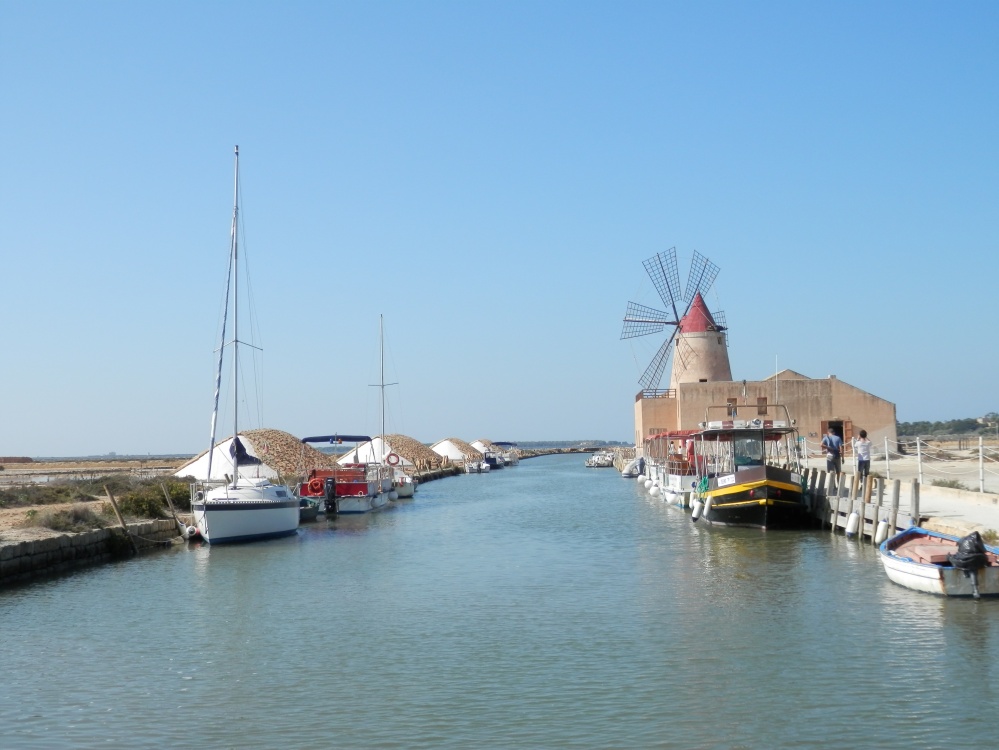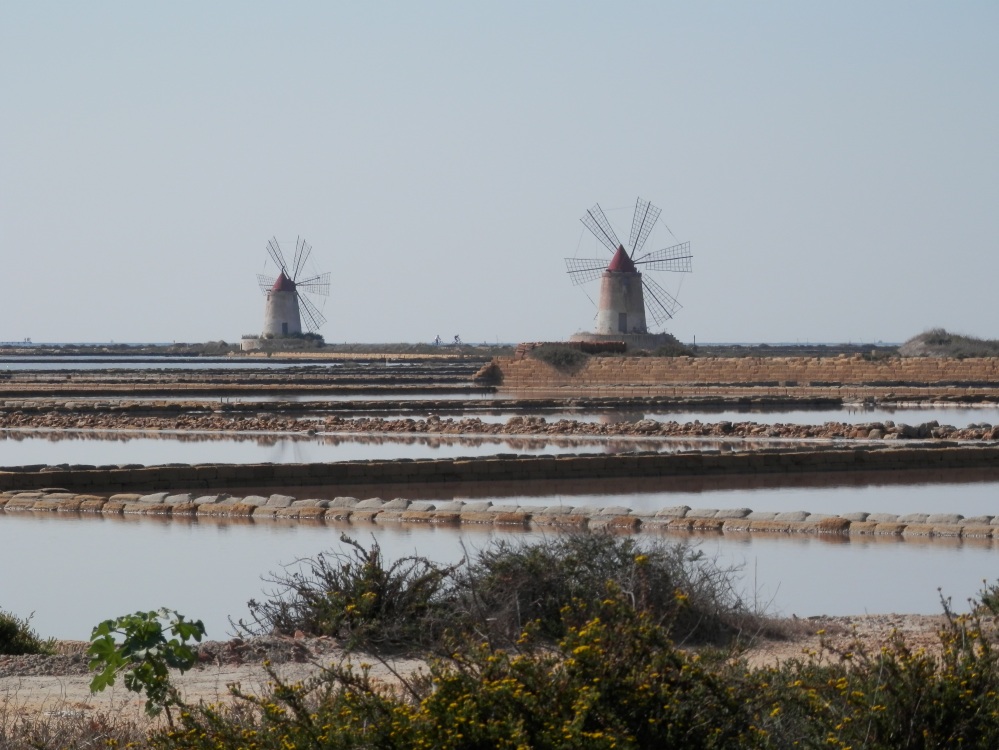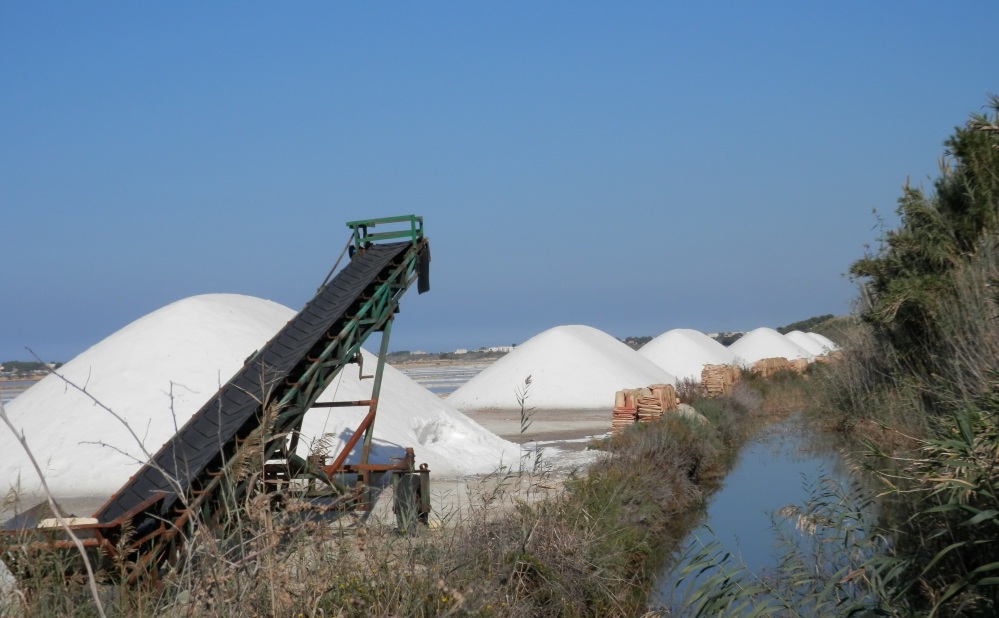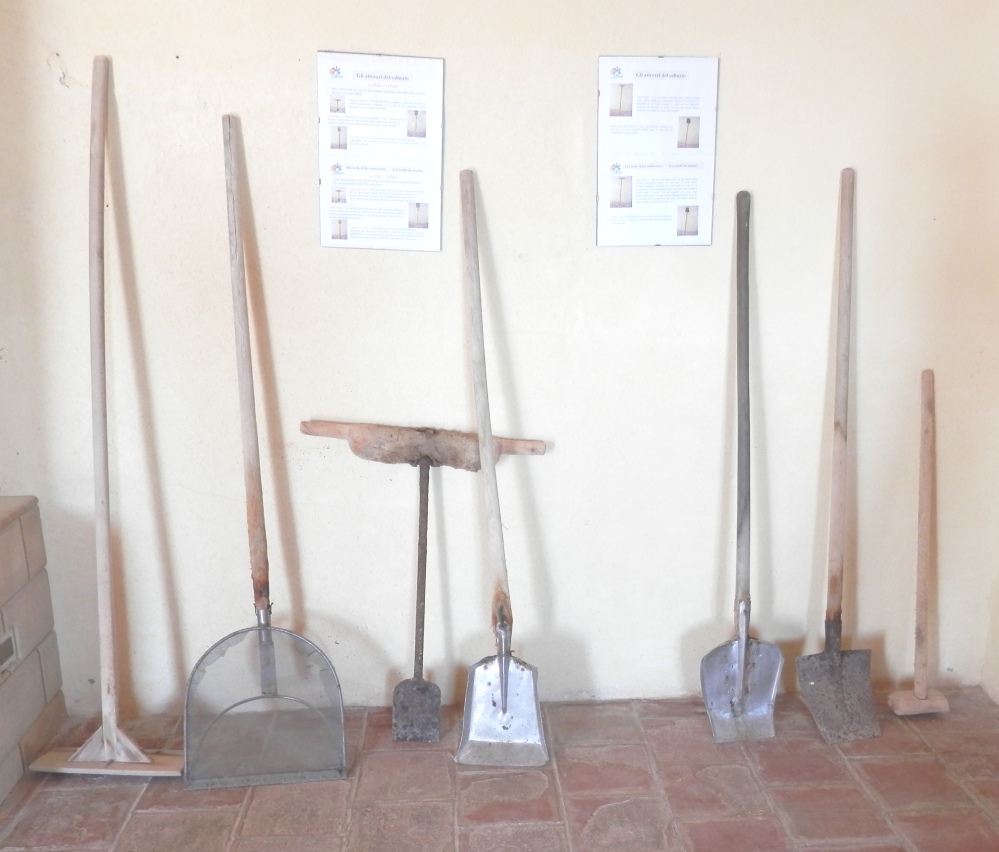We are so used to being warned not to eat too much salt nowadays that it may be hard to imagine how life in the past involved a constant effort to obtain enough of it. Not only does it render any food tasty, it is a vital nutrient and death is the inevitable consequence of a salt deficiency.
It was given for centuries as part of the wages for soldiers to ensure their good health, and the word “salary” derives from this. It was once called “white gold” for its rarity and value.

In many cultures salt even took on magical properties. Sicilians scatter salt on the ground to protect themselves from the evil eye, and believe salt given as a gift brings good luck.
Salt has been very cheap since the mining of rock salt was industrialised in the 19th century. Before then, only deposits near the surface could be extracted, at great expense.
The other way to produce salt was to extract it from the sea through evaporation, but this was only possible under very specific conditions. The coast had to be flat with a large expanse of very shallow sea spreading out from the coastline. The sun had to shine continuously for weeks in summer. There had to be constant wind to power the windmills which pumped sea water from pool to pool, causing it to evaporate more and more until the salt crystals lay on the ground ready for collection.


Trapani and Marsala, on the western coast of Sicily, have these ideal conditions and have been producing salt for centuries.
I took the photos in this post at Marsala, where salt is still produced according to the ancient techniques. There are many areas of Sicily where sea salt production is mechanised, but Sicilians value tradition, so the salt from this this working museum is considered superior.

Sicilian sea salt is not like the easy-flow salt I used to buy in England. Sicilians do not use salt cellars with holes in the top, as it would never come out. They keep it in jars and scoop out what they need with their fingers, even when adding it to food at the table.

More info
Ettore Infersa official website
What a great post and photos too. When I was little, my grandparents used to live by the sea and we would go and collect sea-water and over a few weeks evaporate the water leaving us with salt. I think the Romans used to go to the same place.
It was very pure and strong salt, much more than what was in the shops at the time.
LikeLike
Yes, it is much stronger, isn’t it?
When I first moved to Sicily, I produced several inedible meals before realising you only need a tiny pinch of the stuff!
LikeLike
When I visited the Salt museum in Trapani I heard that the windmill technique came with the Spanish power over Sicily, and indeed these windmills look very Spanish, you can imagine Don Quixote just coming round the corner 🙂
LikeLike
That’s very interesting!
And Marsala is a very Spanish town, walking around the old town centre you could actually be in Spain and the buildings are just like the ones you see in Seville and other southern Spanish towns.
In the museum at Marsala there was an Archimede screw witha hand crank, for two men to turn it – so maybe that is what they did before the Spanish came.
LikeLike
I was always told that salt was also important for preserving food (esp before refrigeration). In Australia, they produce pink salt flakes from an ancient inland sea through a similar process but it doesn’t look as picturesque without the windmills etc. http://www.murrayriversalt.com.au/pages/our_history
LikeLike
The salt is pink? And it comes from an inland sea? That is so cool, it certainly doesn’t need windmills to make it more impressive!!! You link has lovely photos.. and it’s interesting that it also contains other minerals like magnesium and calcium.
And yes, I had forgotten about the importance of salt for preserving food as well. It’s still widely used in Sicily for preserving olives, capers and various types of fish.
LikeLike
Oops – it is pumped up from an underground sea – which accounts for the extra minerals & colour. I think I missed that important point.
LikeLike
Oh, that’s even cooler still! Highly impressive! 🙂
LikeLike
Please know I enjoyed the lesson in mining salt! We have big salt mines here in Kansas and windmills for pumping water but it’s so good to learn something new. When I saw the windmills I couldn’t figure out how in the world they would ever get enough wind to turn them but the canvas covers makes perfect sence. I own a little place in Cianciana and I love the people and the land. Your blog in very enjoyable and informative. Keep up the good work!! Ciao Nancy
On 1/20/14, The Dangerously Truthful Diary of a Sicilian Housewife
LikeLike
That’s interesting. I didn’t know they mined salt in Kansas. I learned recently that Britain had very important salt mines in the 18th century and pioneered new, more economical methods of extracting it – which was completely unknown to me before going to Marsala!
I do recommend visiting the salt works in Marsala next time you’re in Sicily, as it makes a fabulous day out. This is their website.
http://www.salineettoreinfersa.com/
You can even spend a day being a salt worker and really get to know the production process first hand. It looks like heavy manual labour to me and, since my post-Christmas diet is going extremely badly, I think I may try it as an intense flab-burning activity.
I am making inroads and networking with the international residents of Cianciana, BTW – we may have some friends in common. 🙂
LikeLike
Anyone interested in salt shoild read:
Salt: A World History Paperback
by Mark Kurlansky
ISBN-13: 978-0142001615
LikeLike
That book looks fascinating! Thanks for the suggestion.
LikeLike
Wonderful post as always.
My dad said that the salt from Trapani was so prized that it was a major export. When a heavy tax was imposed, people used to smuggle it out in their boots!
I can’t wait for this to be part of your Sicily book. Let’s talk about your guest post for me soon.
Hugs!
LikeLike